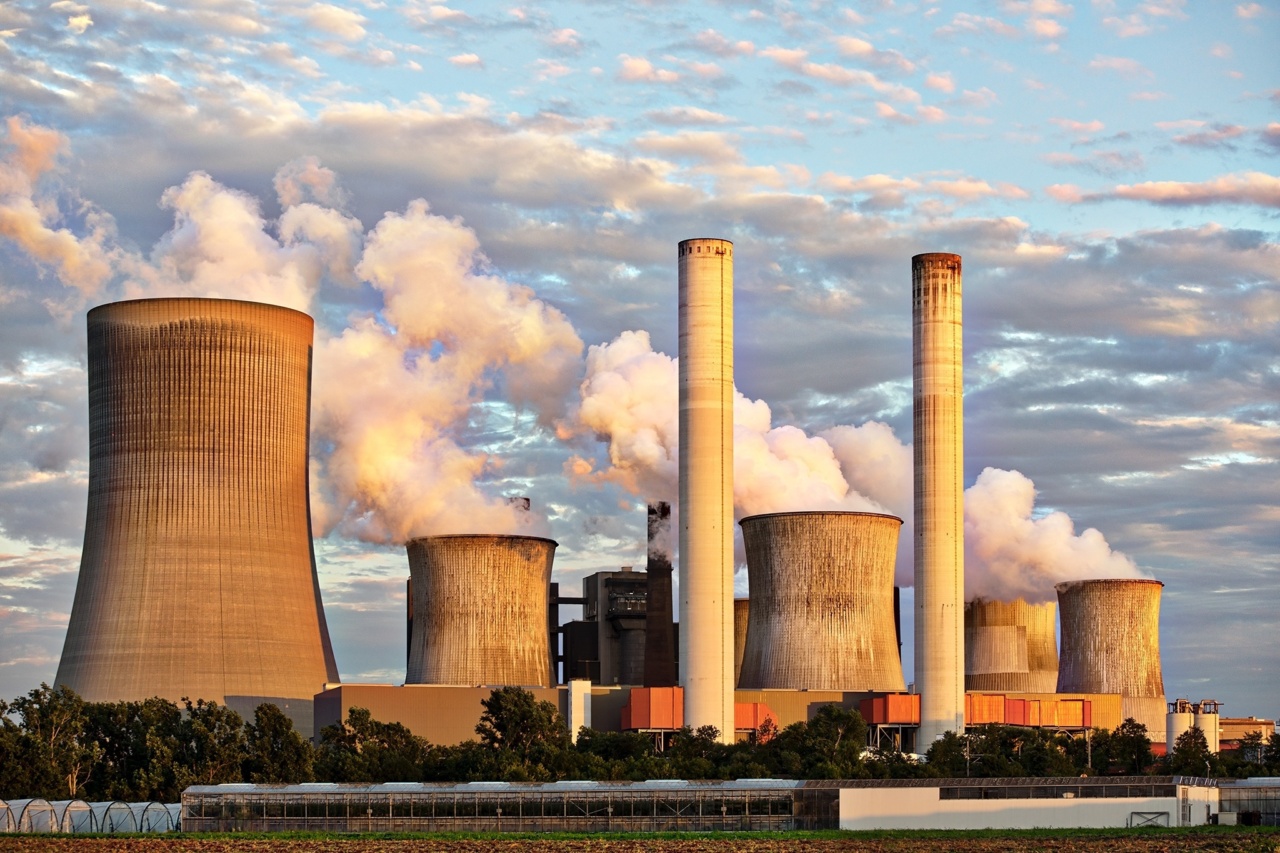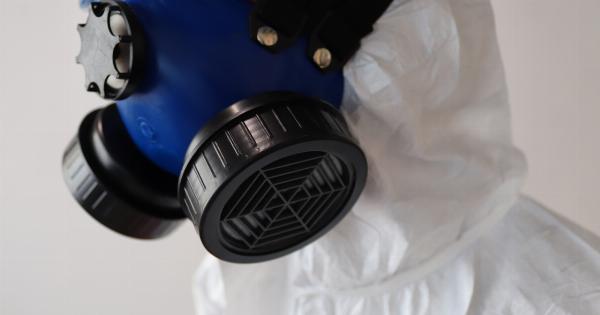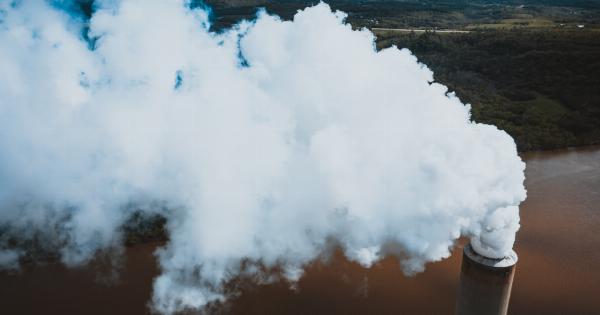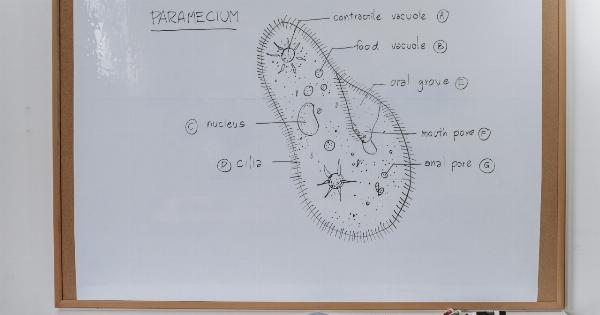Childhood asthma is a chronic respiratory condition characterized by recurrent episodes of wheezing, coughing, shortness of breath, and chest tightness. It affects millions of children worldwide, making it a major public health concern.
While the exact causes of asthma are still not completely understood, research has shown a significant link between childhood asthma and air pollution.
The Impact of Air Pollution on Childhood Asthma
Air pollution refers to the presence of harmful particles and gases in the air, primarily from industrial emissions, vehicle exhaust, and the burning of fossil fuels.
These pollutants can have detrimental effects on respiratory health, particularly in children whose lungs are still developing. Exposure to air pollution has been strongly associated with an increased risk of developing asthma, exacerbating existing asthma symptoms, and worsening the overall quality of life for children with asthma.
Scientific Evidence Supporting the Link
A plethora of scientific studies have investigated the relationship between air pollution and childhood asthma, providing compelling evidence for their connection.
One such study conducted by researchers at the University of Southern California found that children living in areas with higher levels of air pollution had a greater risk of developing asthma. The study followed thousands of children from infancy to early adolescence, carefully monitoring their exposure to air pollutants and assessing their respiratory health.
Another study conducted by the American Lung Association found that exposure to air pollution during infancy and early childhood significantly increased the risk of children developing asthma by school age.
The study analyzed data from over 3,000 children and found that those exposed to higher levels of pollutants, such as particulate matter and nitrogen dioxide, had a significantly higher likelihood of developing asthma. These findings emphasize the critical impact of air pollution on respiratory health starting from a young age.
Types of Air Pollutants Linked to Childhood Asthma
Various types of air pollutants have been implicated in the development and worsening of childhood asthma. Some of the common culprits include:.
1. Particulate Matter (PM)
Particulate matter refers to tiny particles suspended in the air, often emitted from diesel exhaust, industrial processes, and the burning of fossil fuels.
These particles can penetrate deep into the lungs and trigger inflammation, leading to asthma symptoms and exacerbations.
2. Nitrogen Dioxide (NO2)
Nitrogen dioxide is a gas primarily emitted from vehicle exhaust and combustion processes. High levels of nitrogen dioxide have been associated with increased asthma symptoms and reduced lung function in children.
Long-term exposure to this gas has also been linked to the development of asthma in susceptible individuals.
3. Ozone (O3)
Ozone is a gas formed when pollutants react with sunlight. It is a common component of smog and is known to irritate the respiratory system.
Children exposed to high levels of ozone are more likely to experience asthma exacerbations and require hospitalization for asthma-related complications.
4. Sulfur Dioxide (SO2)
Sulfur dioxide is primarily emitted from industrial processes and power plants. It can cause airway inflammation and trigger asthma symptoms.
Children living in areas with high concentrations of sulfur dioxide are at an increased risk of developing asthma.
5. Volatile Organic Compounds (VOCs)
Volatile organic compounds are emitted from various sources, including household products, paints, and solvents.
Prolonged exposure to VOCs has been associated with an increased risk of developing asthma and exacerbating existing asthma symptoms in children.
The Impact of Air Pollution on Asthma Diagnosis and Management
Air pollution not only increases the risk of developing asthma but also complicates the diagnosis and management of the condition in children.
The presence of high levels of air pollutants can make it challenging to distinguish between asthma symptoms and other respiratory conditions. Additionally, exposure to air pollution can trigger asthma exacerbations, leading to increased hospitalizations, emergency room visits, and the need for more aggressive treatment.
Furthermore, air pollution can reduce the effectiveness of asthma medications, making it harder to control symptoms.
The inflamed airways caused by pollution may be less responsive to standard asthma treatments, necessitating higher medication doses or additional therapeutic interventions.
Protecting Children from Air Pollution
Reducing exposure to air pollution is crucial in mitigating the risk and impact of childhood asthma. Here are some measures that can help protect children:.
1. Indoor Air Quality
Improving indoor air quality is essential, as children spend a significant amount of time indoors.
Regularly maintaining and cleaning heating, ventilation, and air conditioning systems, using air purifiers, and avoiding smoking indoors can significantly reduce exposure to indoor air pollutants.
2. Minimize Outdoor Exposure
Limiting children’s time spent outside during peak pollution hours and on days when air quality is poor can help reduce their exposure to outdoor pollutants.
Encouraging physical activities in areas with less traffic congestion and green spaces can also be beneficial.
3. Create Healthy Environments
Planting trees and creating green spaces in urban areas can help filter the air and reduce pollution levels.
Additionally, promoting sustainable transportation options, such as walking or cycling, can help decrease vehicular emissions and improve air quality.
4. Support Environmental Policies
Advocating for stricter environmental regulations and supporting policies that aim to reduce air pollution can have a significant impact on protecting children from harmful pollutants.
This includes encouraging the use of clean energy sources, promoting public transportation, and minimizing industrial emissions.
Conclusion
The link between childhood asthma and air pollution is undeniable. Exposure to air pollutants at a young age can lead to the development of asthma and worsen asthma symptoms in children.
It is crucial for individuals, communities, and policymakers to work together to reduce air pollution and create safer environments for children to grow and thrive.





























